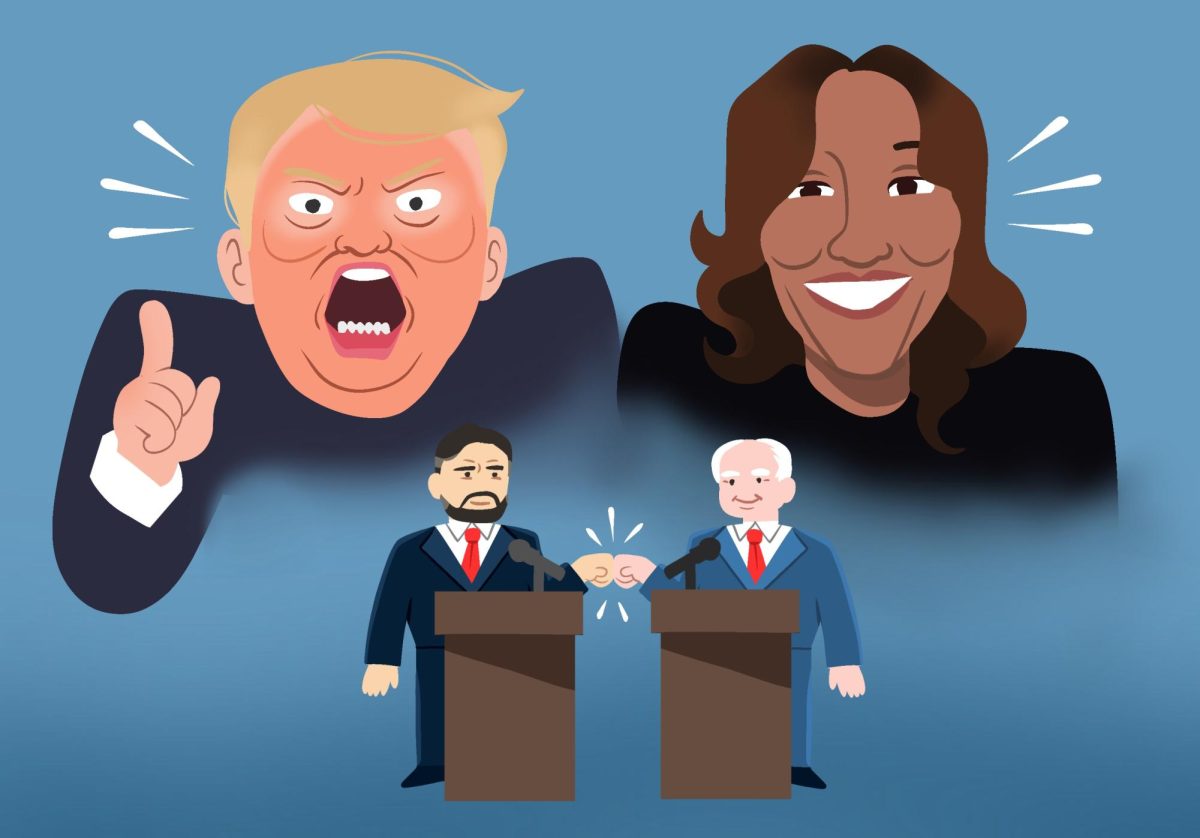It’s becoming increasingly hard to deny that a struggle for equal educational opportunity is on display before our courts. In the case Zelman v. Simmons-Harris, the U.S. Supreme Court recently upheld a school choice program in Cleveland. This decision has handed parents in Cleveland greater choices in liberating their children from failing public schools. This is only half the battle, however, in the fight for equal opportunity. The Supreme Court will soon decide whether to hear the case Grutter v. Bollinger, a lawsuit over admission practices at the University of Michigan Law School. That case addresses the other side of the equal-opportunity coin – racial preferences. If it agrees to hear the case, the Supreme Court will have a chance to complete Zelman’s promise of equal opportunity for inner-city children.
The Cleveland program which was at issue in Zelman gives education vouchers to parents. The parents can use the vouchers to buy their children a decent education in a private or charter school, removing them from the inner-city prisons Cleveland schools have become. Teachers unions challenged the program on the grounds that giving taxpayer money to religious schools, even via parents, was unconstitutional. The Supreme Court squarely ruled in favor of the parents and their children. School choice advocates argue that increased opportunities now await the children of Cleveland, and eventually, children across the country.
Sounds promising, doesn’t it? Well, it’s not that easy. As long as racial preferences linger in our colleges and professional schools, they will mute any benefits derived from school choice programs.
Justice Clarence Thomas may recognize this. In his concurring opinion, Thomas compared Cleveland’s program with racial preferences. He noted that while one policy tries to solve the root cause of the failure of public education – lack of choice – the other stands as an obstacle to real educational reform.
Inner-city school districts tell minorities they are receiving an education adequate for college acceptance. Their education, however, is often little more than a sham. Minority students apply to colleges that weigh their race to such a degree that they gain acceptance. Many of these minorities are unprepared for the school they choose to attend. Bureaucrats at both the high school and college level get to feel good about the number of minorities they shove into college. Minority students themselves, however, then face an environment our public schools have grossly under-prepared them for.
By favoring minority students because of their race, the deck is, paradoxically, stacked against them. At many elite colleges and universities, minority dropout rates are substantially higher than those of other students. Minorities who do graduate see achievement measures such as class rank and bar exam passage rates markedly lower those of other groups such as whites and Asians.
Cleveland-style choice in education will help this situation, but it is still not enough. As long as minorities receive false hopes through racial preferences, the disparities apparent in high dropout rates and low class rank will continue.
Even if a student receives a decent education, that student – minority or not – might be best suited at a mid-tier college. For example, say a minority student could attend a mid-tier college, receive a worthwhile education, graduate, and find a fulfilling career. If a top-tier college, however – which would not have admitted the student if she were not a minority – gives her a chance to attend, given the school’s rank she probably will enroll. The tragedy is that just because the school admits her does not mean she is prepared to succeed. Once she enrolls, there is statistically a good chance she will drop out or graduate at the bottom of her class. Is she better off as an Ivy League dropout or as a graduate from an average college? Apparently, college administrators who favor racial preferences prefer the dropout path.
This scenario will occur with or without school choice in the inner-city. Racial preferences create an additional problem on top of the lack of choice in our public schools. Conservatives and their allies may celebrate the Zelman decision, but in the context of minorities and higher education the victory is largely ephemeral. Without the elimination of racial preferences, our educational system will remain a machinery of failure for minority students.
Grutter, the Michigan case, confronts this issue perfectly. With that case, the Supreme Court could end racial preferences in public education. If it is serious about equal opportunity in American education and the new hope that has sprung from its Zelman decision, it should grant review of Grutter. This will help complete Thomas’ vision of equal opportunity in education. It seems Thomas wishes to take the case. The other justices should follow his lead.






